Surgical procedures and operations
Surgical procedures in the abdominal region are a focal point of my specialist work. I use minimally invasive (laparoscopic) surgical procedures whenever possible, which involve less recovery time after the procedure and offer cosmetic and aesthetic advantages.
Whether it be for a gallbladder or appendix removal, repair of inguinal hernias and operations on the oesophagus, stomach or intestines, I regularly opt for minimally invasive procedures. Thanks to the exceptionally high image quality of the internal video footage providing a good overview of the procedure from inside the body, operations and preparative procedures are usually much gentler and cause far less bleeding than traditional surgery. The time that it takes for patients to make a full recovery is also generally much shorter. You can find out more about the procedures that I most frequently perform on the following subpages.
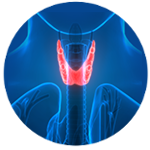
Thyroid glands
Thyroid surgery no longer necessarily involves the removal of the entire organ.
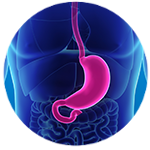
Stomach
Heartburn, diaphragmatic hernia and other disorders could be a reason for gastric surgery.
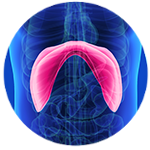
Diaphragm
Reflux disease in cases of diaphragmatic hernia, generally referred to as heartburn, is more common today than ever before.
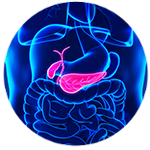
Gallbladder surgery
The gallbladder plays an important part in helping the body to digest food.

Intestines
I treat all benign and malignant disorders in the intestines from classic inflammation to tumours.
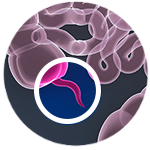
Appendix
Appendicitis requires prompt removal of the appendix.
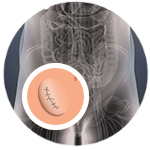
Incisional hernias
Abdominal wall and incisional hernias generally occur after an operation. They are usually caused by tears in body tissue.

Inguinal hernia
An inguinal hernia refers to an outward protrusion of the peritoneum in the groin area.

Haemorrhoids
Pain or bleeding immediately after a bowel movement is a typical indication of haemorrhoids, which require surgical treatment.

